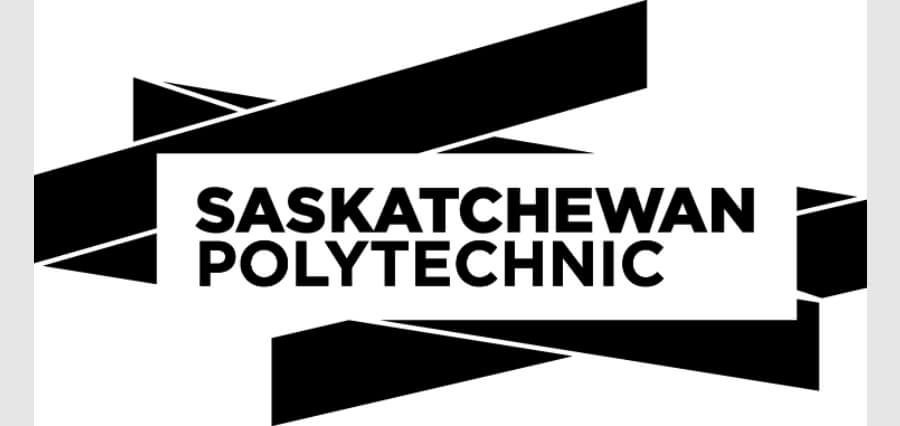“Using devices in the classroom is a distraction to learning!”
“The technology opens up collaborative opportunities for my students.”
“Computers in classrooms prevent students from developing their interpersonal skills.”
“Access to the internet provides access to learning beyond the walls of the classroom.”
We’ve all, no doubt, come across a myriad of arguments, both for and against, regarding the use of technology for learning, particularly in a school environment. As a school leader, and continuing classroom practitioner, I have found myself in many conversations with staff, and parents, regarding whether technology is the bane of education, or its salvation, enabling enhanced learning. I will state at the outset that I am most definitely in favor of the potential benefits of using new technologies in the classroom. I say “new technologies” as all tools for learning are examples of technology i.e. pen and paper vs. chalk and slate etc.
I emphasize that using technology in the classroom is just another tool in a teacher’s toolkit. I believe in balance – and selecting the right tool for the job. There is a place for pen and paper, and there is a place for digital tools. The consideration as to which tool to select should, in my opinion, is based on student needs, not the teacher’s comfort zone. If a significant role of teacher is to prepare students for the lives that they will live, we are doing students a disservice to simply expose them to learning experiences from our past. Just because it suits us.
In my conversations with teachers, many, who are hesitant to take on the challenge of incorporating digital learning experiences, seem to be simply afraid. Afraid that they will not be able to learn the technology well enough to be respected by the students as ‘the master’. Afraid that the technology will fail them in the middle of a lesson, causing students to become disengaged and teachers to feel embarrassed and ‘not in control’. Afraid that they are leaving the ‘safe haven’ of teaching practices that have served them well for the last 25 years. Afraid of change.
The ‘Aha!’ moment for these teachers is often when they realize that they don’t have to be the expert on the new digital technologies. It is completely unreasonable to expect teachers to be ‘au fait’ with all the latest software, hardware and apps that seem to appear at an exponential rate in the 21st Century. This is about the students being the experts. Not the teachers. It’s about giving students a voice to demonstrate their knowledge and skills through their preferred tool. Teachers then are able to assess the same set of knowledge and skills, regardless of the tool selected by the student.
We all know students who get ‘lost’ in the classroom environment. The ones that may not yet have the confidence to voice an answer or opinion. Perhaps we were that student when we were at school. I have seen countless examples of situations where the technology has given the student a voice. An initial example that springs to mind is the case where students compile a multimedia presentation, with synthesized narration, expressing their innermost thinking, without the fear of having to stand and talk in front of the class. I understand that there are times that students need to develop the skill of public speaking, but not all the time.
Another example is building models. A recent conversation I had with teachers was regarding the building of a model Viking ship, as part of their Viking unit. It sounds like an engaging learning experience; however consider the fact that the ability to cut, glue, and nail was not an assessable criteria in this particular unit. Coupled with the fact that many parents are then burdened with the urgent need to visit a hardware store, and sit up late at night designing and constructing with their child. It seemed that the point of the task was to demonstrate an understanding of the design of a Viking ship. Why not use Minecraft instead? It’s quicker, cheaper, more flexible, more accessible, unlocking the ability for students to ‘voice’ their creativity, not limited by their possible inability to manipulate building materials.
A final, and more literal, example of how technology in classrooms can give students a voice is the case of a current student in my school. This is a student that had been rejected from enrolling in many other school as he presents as a student with high needs, having a multi-sensory impairment and autistic spectrum disorder. He is completely non-verbal but has been communicating by typing on his device. He is a recent enrollment in middle school, however, his latest diagnostic tests in mathematics, language and science show that not only is he the top performer in his grade, he is thinking at a university level! For this child, technology in the classroom has ‘opened the doors’ for him, redefining his future opportunities, and has literally given him a voice.
Regardless of whether you personally have a love or hate relationship with new technologies, or somewhere in between, there is no doubt that when used appropriately, technology in the classroom can give a voice to students. If only all teachers would listen.
About the Author
Jason Milner is an Australian Vice-Principal, currently working as a Head of Middle School at Nibras International School. He has also assumed the responsibilities of the Director of Educational Technology, having previously worked in this role at other International Schools in the UAE. He has a very limited understanding of hardware and technical aspects of servers and wiring, having been trained as a Physical Education and Mathematics teacher in Australia. However, he sees himself as a ‘driving instructor’ as opposed to a ‘mechanic’, and is passionate about expanding pedagogical toolkits in the interests of student-centered learning.
An ‘agent for change’, he believes in preparing students for the lives that they will live.









